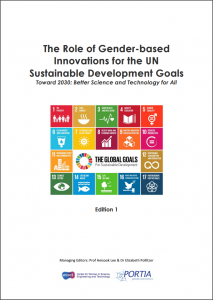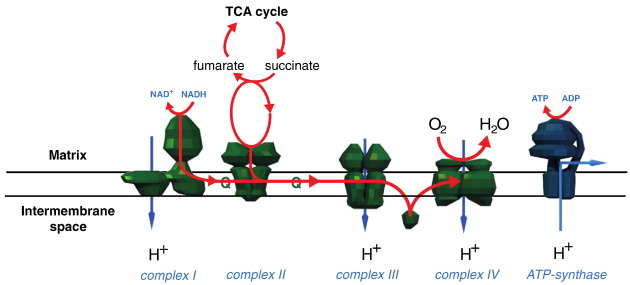The Elsevier Foundation is committed to advancing SDG 5 and has developed a 3-year strategic partnership with Portia, an organisation that women and men have the same opportunities for engagement and advancement in science. Building on research drawn from recent Gender Summits, Portia will advance sex-gender sensitive research, innovation, development and deeper understanding through a series of annual SDG reports and the creation of a Gender Summit Consortium.
Mitochondrial respiratory chain dysfunction causes a variety of life-threatening diseases affecting about 1 in 4300 adults. These diseases are genetically heterogeneous, but have the same outcome; reduced activity of mitochondrial respiratory chain complexes causing decreased ATP production and potentially toxic accumulation of metabolites. Severity and tissue specificity of these effects varies between patients by unknown mechanisms and treatment options are limited. So far most research has focused on the complexes themselves, and the impact on overall cellular metabolism is largely unclear. To illustrate how computer modelling can be used to better understand the potential impact of these disorders and inspire new research directions and treatments, we simulated them using a computer model of human cardiomyocyte mitochondrial metabolism containing over 300 characterised reactions and transport steps with experimental parameters taken from the literature. Overall, simulations were consistent with patient symptoms, supporting their biological and medical significance. These simulations predicted: complex I deficiencies could be compensated using multiple pathways; complex II deficiencies had less metabolic flexibility due to impacting both the TCA cycle and the respiratory chain; and complex III and IV deficiencies caused greatest decreases in ATP production with metabolic consequences that parallel hypoxia. Our study demonstrates how results from computer models can be compared to a clinical phenotype and used as a tool for hypothesis generation for subsequent experimental testing. These simulations can enhance understanding of dysfunctional mitochondrial metabolism and suggest new avenues for research into treatment of mitochondrial disease and other areas of mitochondrial dysfunction.
This chapter advances SDG 6 by explaining a multidisciplinary approach to drinking water from a public health perspective and how it is important as poverty, with its associated unsanitary living conditions and lack of access to water, proper nutrition, health care, and education, is the overwhelming determinant of infection and malnutrition.
This chapter advances SDG 6 by explaining water as it relates to human health.
This chapter advances SDG 6 by summarizing water contaminants (that have been included in current promulgated regulations) and emerging agents (that have been considered as contaminant candidates which may require further regulation), current regulations, and treatment options.
Background Improving survival and extending the longevity of life for all populations requires timely, robust evidence on local mortality levels and trends. The Global Burden of Disease 2015 Study (GBD 2015) provides a comprehensive assessment of all-cause and cause-specific mortality for 249 causes in 195 countries and territories from 1980 to 2015. These results informed an in-depth investigation of observed and expected mortality patterns based on sociodemographic measures.
Background Non-fatal outcomes of disease and injury increasingly detract from the ability of the world's population to live in full health, a trend largely attributable to an epidemiological transition in many countries from causes affecting children, to non-communicable diseases (NCDs) more common in adults. For the Global Burden of Diseases, Injuries, and Risk Factors Study 2015 (GBD 2015), we estimated the incidence, prevalence, and years lived with disability for diseases and injuries at the global, regional, and national scale over the period of 1990 to 2015.


